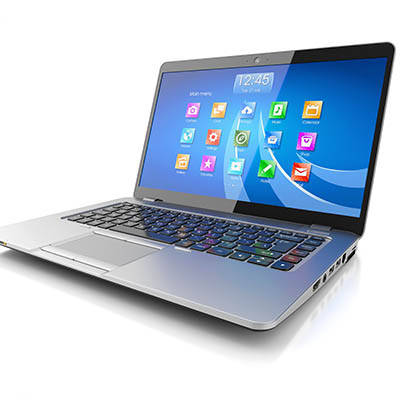PCSOFT Blog
Microsoft Windows for Beginners: Part 1 - The Taskbar
Windows might be the standard for business, but that’s because it was the original standard. These days, children grow up with Chromebooks in schools while using Mac and Apple products for their personal devices. It might not be safe any longer to assume that today’s workers know what they’re doing with the Windows operating system, especially as a younger generation grows up and enters the workforce.
Today, we want to highlight some of the important details of how to use Windows. Keep in mind that a lot has changed over the years, and you might learn a new thing or two in the process—even if you’re a veteran of the OS.
This is only the first part in a series all about the Windows operating system, so use the tag for Learning Windows to read the rest as they come out.
Here’s How to Use a Windows PC (if You Grew Up on Chromebooks or a Mac)
The display might appear a little overwhelming at first (like any new technology), but we’ve got your back. Most of the functionality is similar, if the naming conventions are a bit different.
For example, instead of the menu bar, Launchpad, and dock, Windows uses the Start Menu and Taskbar.
Taskbar: A Combination of Launchpad and Dock
Taskbar works like Launchpad and Dock, allowing you to access all the features that Windows has to offer. Here are just a few of them:
- The Start Menu - Access your programs and applications
- Search - The function to help you find specific files, settings, or programs
- Desktops - Create and manage virtual desktops
- File Explorer - The Windows version of Finder, where you access and manage saved files.
- Widgets - Miniature programs that provide you updates, like the weather, news, events, etc.
- Teams Chat - Video conferencing, instant messaging, and collaboration with your contacts
- Edge - The default web browser for the Windows operating system
You’ll notice that the Taskbar resembles Dock by default, but you can adjust this setting if you want it to look more like a classic Windows operating system. Furthermore, you can right-click on the Taskbar to select Settings to customize it as you see fit (disabling widgets, for example).
With this basic introduction to the Windows OS, you’ll be able to get started on your productivity with this new and unfamiliar operating system. We can, of course, help even further. Learn more by calling us today at 02 98730080.


Comments